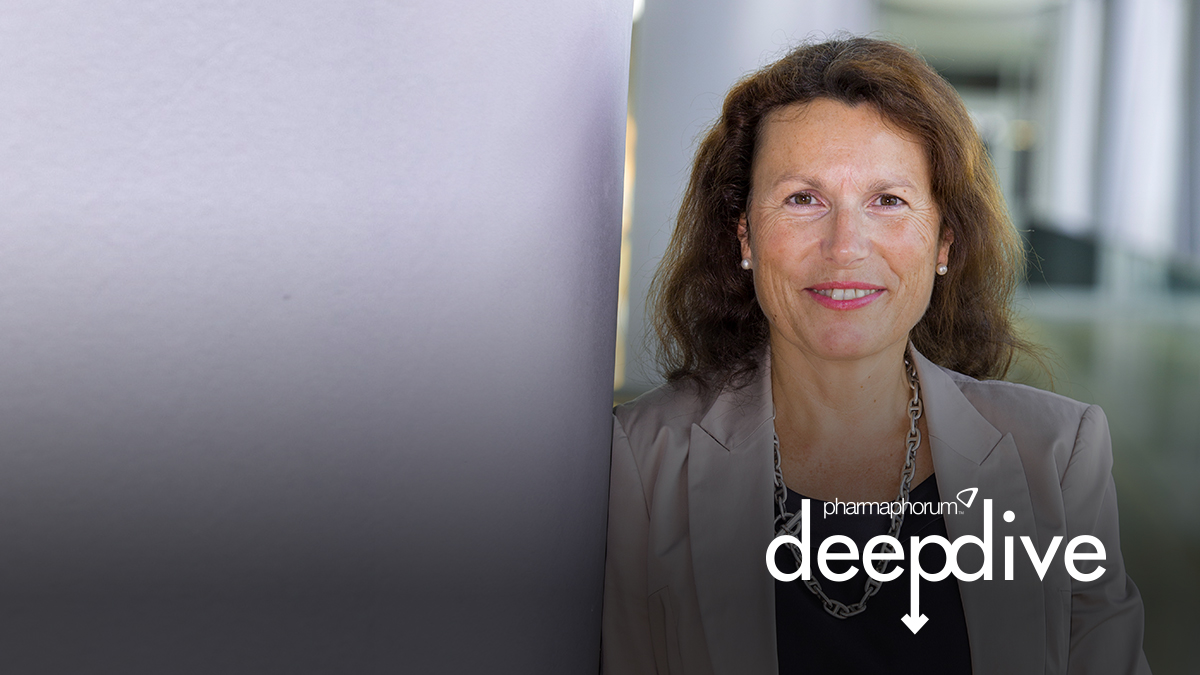Turning words into actions with patient engagement

Boehringer Ingelheim’s Carinne Brouillon tells us how the company co-created its recent Global Patient Partnership Summit with patients and how the meeting brought representatives together to design actionable projects for pharma-patient engagement.
This article appears in our free digital magazine Deep Dive: Market Access 2021. Read a preview below:
As pharma seeks new and better ways to listen to the patient voice – particularly in the context of COVID-19 – it needs actionable goals, co-created with patients, for how it can improve its engagement efforts.
That was the philosophy behind Boehringer Ingelheim’s recent Global Patient Partnership Summit, according to the company’s head of Human Pharma Carinne Brouillon.
Brouillon says that the summit was the natural next step for a company that has continuously ramped up its patient engagement efforts over the last few years.
This has included running ad boards in connection with patient groups in order to understand the patient perspective on specific therapy areas.
The idea for the Global Patient Partnership Summit came about after the company spotted common themes across all these activities in terms of what patients were saying was important to them. These included raising awareness, access to care, collaboration and innovation, and digital.
The goal was to provide a platform for a global patient organisation and a meeting of groups who may have never met.
Boehringer Ingelheim worked with a patient representative steering committee to co-create an agenda for the Summit that reflected what the attendees wanted to discuss and the challenges they faced. Brouillon says that the company wanted to take a “listening” role to hear the patient voice directly.
“In the past – for example with the ad boards – we’ve often been focused on the questions that were relevant to us as a company, or only relevant to one specific group of patients,” she says.
“The idea here was instead to look at common themes and to come up with actionable goals for how Boehringer Ingelheim and the industry can help patients.”
She says there were several topics Boehringer Ingelheim might not have covered in such an event if it weren’t for patient input.
“If it hadn’t been for the co-creation element, we would probably have spent more time on outcomes that make sense for patients in clinical trials and other aspects that are more useful for us as a company, rather than discussing how to navigate diseases and diagnosis, what the next steps after a diagnosis might be, what having a particular disease means, etc.
“That patient lens has been really important in helping us to define that understanding of how people actually experience disease. As a company we obviously have a strong medical understanding of diseases, but actually navigating a condition when you live with it is an entirely different situation.”
In the end, more than 500 people attended, including 270 patient representatives from 50 countries.
“The enthusiasm of everyone involved was unbelievable,” says Brouillon. “It was so humbling to feel that energy and see everyone coming at it with a proactive mindset.”
Forty-eight different workshops took place over the two days, with participants eventually agreeing on eight ‘winning’ project proposals to be pursued further with project teams. Representatives will also work with the steering committee to identify the next steps from the outcomes of the event as part of a report.
Brouillon says her goal now is to take that energy and momentum and continue to reinforce patient engagement within Boehringer Ingelheim, whilst also ensuring these projects can continue helping patients.
“We want this to be a long-term effort,” she adds. “A key part of the summit was helping us create more relationships with patient organisations, and it’s important that we maintain continuity with these connections and make sure that all these activities are not just one-shots
“Now the goal is to continue the dialogue around what patients need and make sure we put extra effort into listening to each other and discussing how we can collaborate further.”
• Read the full article in pharmaphorum's Deep Dive digital magazine












